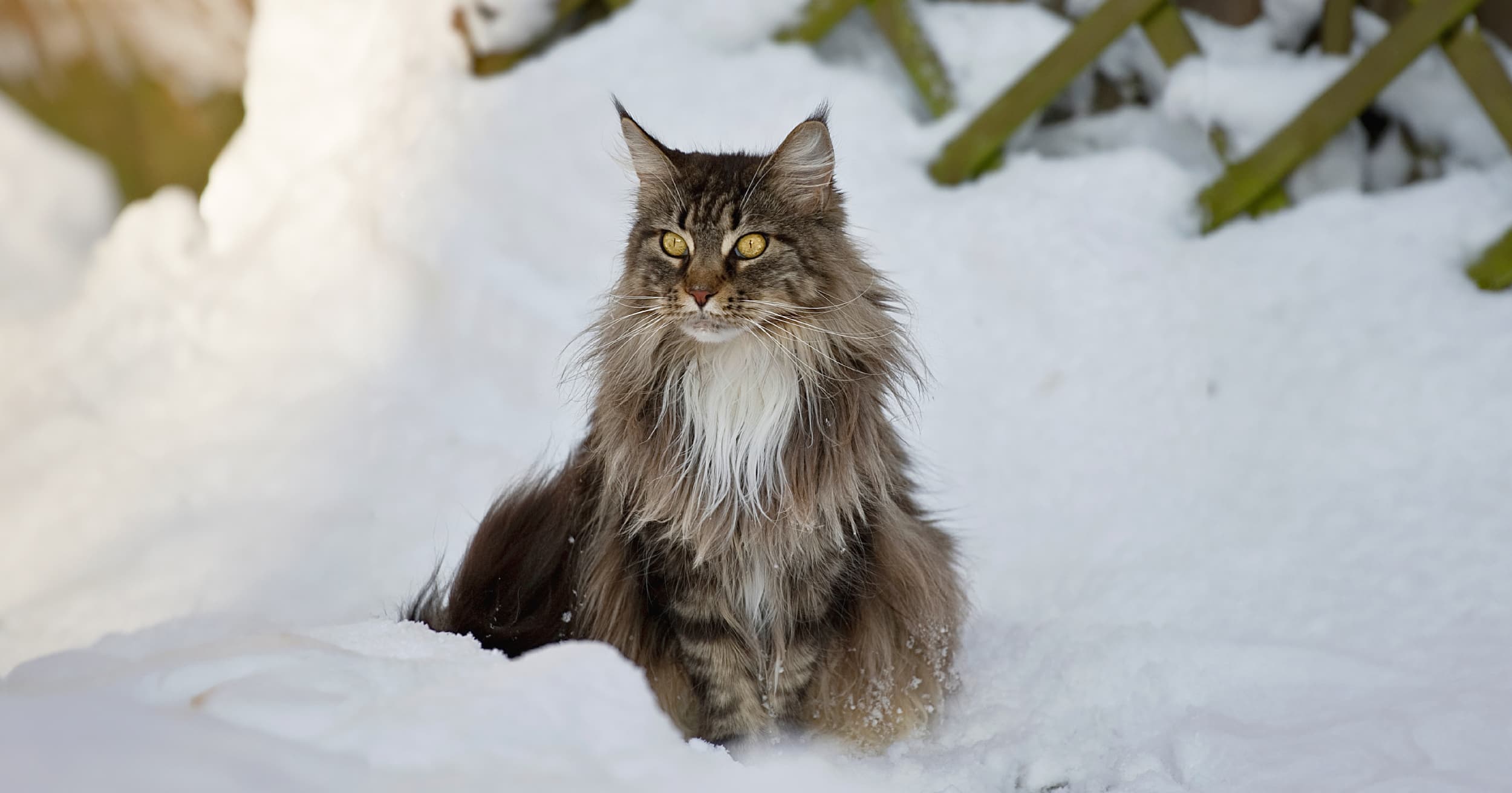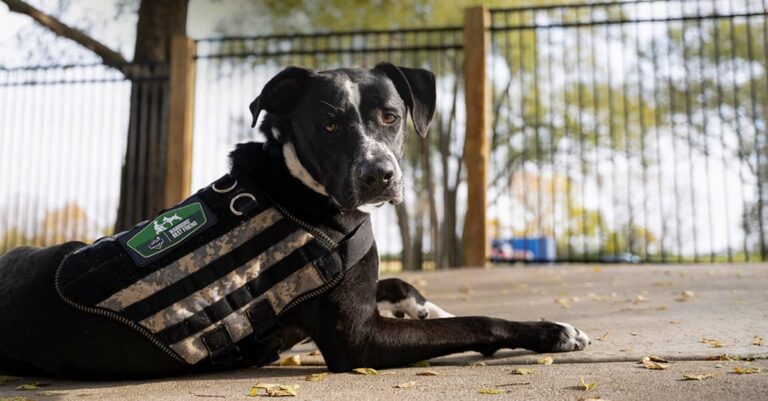Most people have a favorite season. Some people live for the heat of summer, some people like the changes that fall brings, and others enjoy the coolness of winter weather. So what about cats? Do cats like the cold weather or do they prefer basking in the heat?
Well, like humans, felines have their own personalities and preferences, but there are definitely some who are more suited to colder weather than others — including a common cat breed. The origins and physical characteristics of these breeds have made them more likely to enjoy and thrive in the chill of the winter months. Let’s find out who the best winter cat breeds are, as well as why these breeds are more adapted to living in cold climates.
Snow Cat Breeds? Cold Weather Cats? What Are the Breeds Ready for Winter Weather?
If we asked you to think about what winter-ready cats look like, they’re probably going to have thick coats or long fur, right? You’re not going to picture a sphynx cat — although they do look cute in a sweater. Here are some of the breeds that probably have the characteristics you’re picturing and are well-suited for being out in colder weather. A few of them are also some of the oldest cat breeds.
Siberian Cat
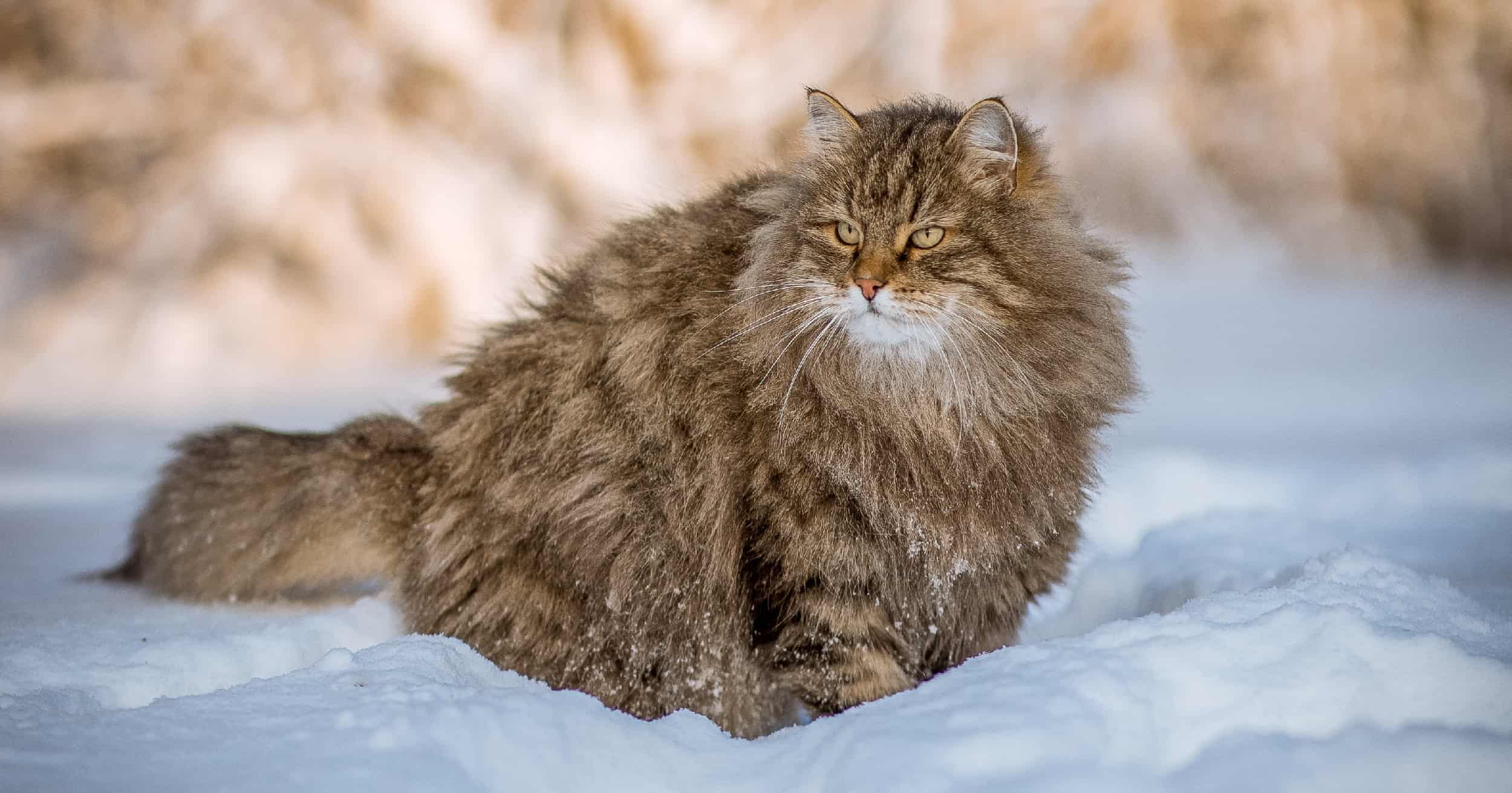
If we had to crown a breed of cats as the “Best Outdoor Cats,” it would go to the Siberians. These cold-resistant fluff balls were introduced in Siberia — which has extreme temperatures and some of the coldest permanently inhabited places in the world — as early as the 17th century as rodent regulators (rat catchers). They have insulated ears and a dense thick coat that is moisture resistant to help them survive during the winter season when the temperature drops and wet weather can set in. They’re also highly intelligent and still renowned as excellent hunters.
Norwegian Forest Cat
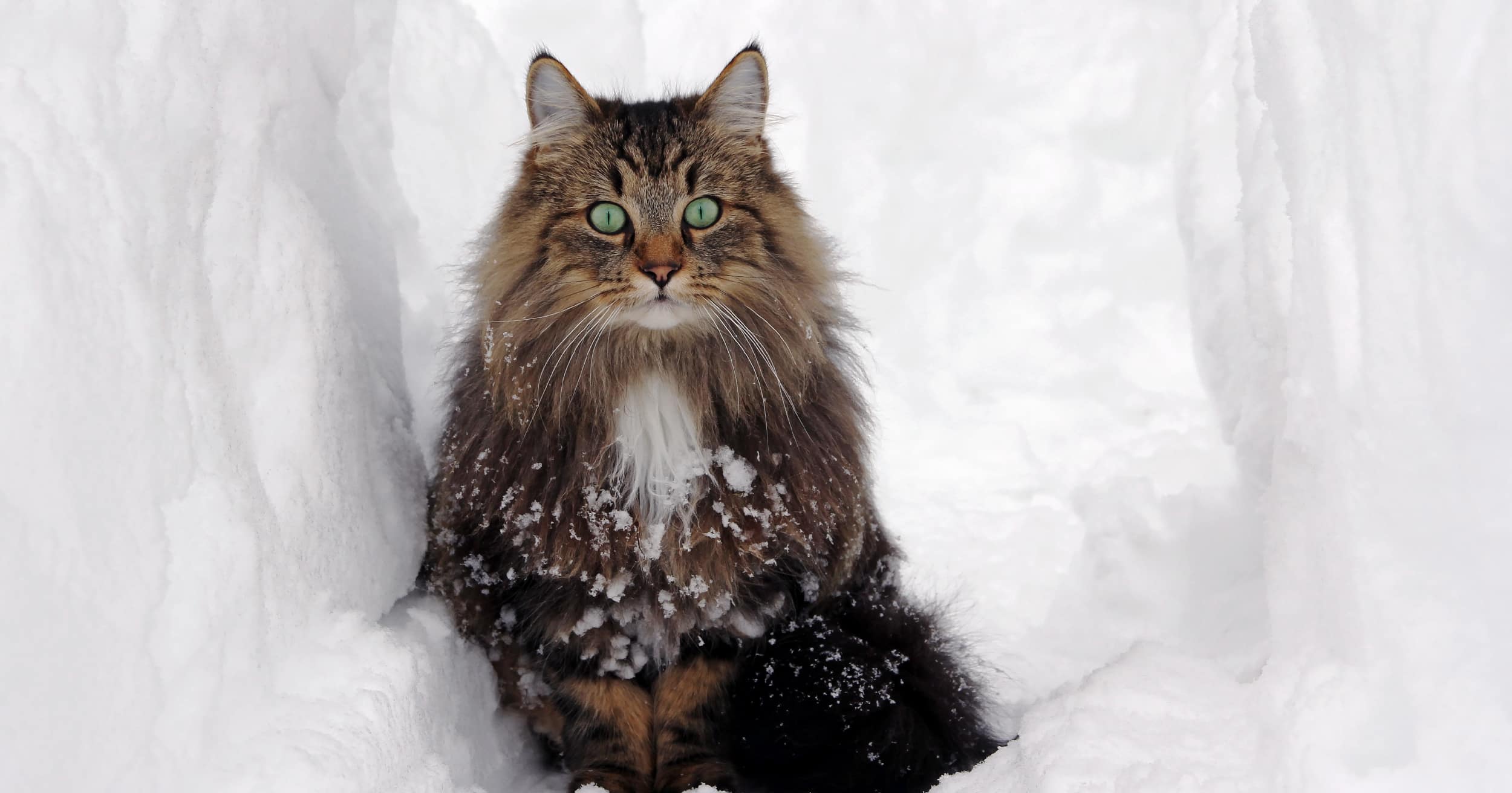
Would you believe that these kitties came from… Norway? Well, what if we said that they’re the only cats with the ability to run down trees headfirst? That one’s more of a surprise! Also called wegie (pronounced wee-gee) or skogkatt (translates to forest cat), Norwegian forest cats have sturdier claws than most other cats — probably so they could climb over the mountainous rocky terrain where they originated.
These amazing cats have a large body, a dense coat that repels moisture, a long bushy tail and tufted ears and toes, which are all extremely useful physical traits to have while spending time outside during the cold months — although they also make great indoor family pets.
Maine Coon Cat
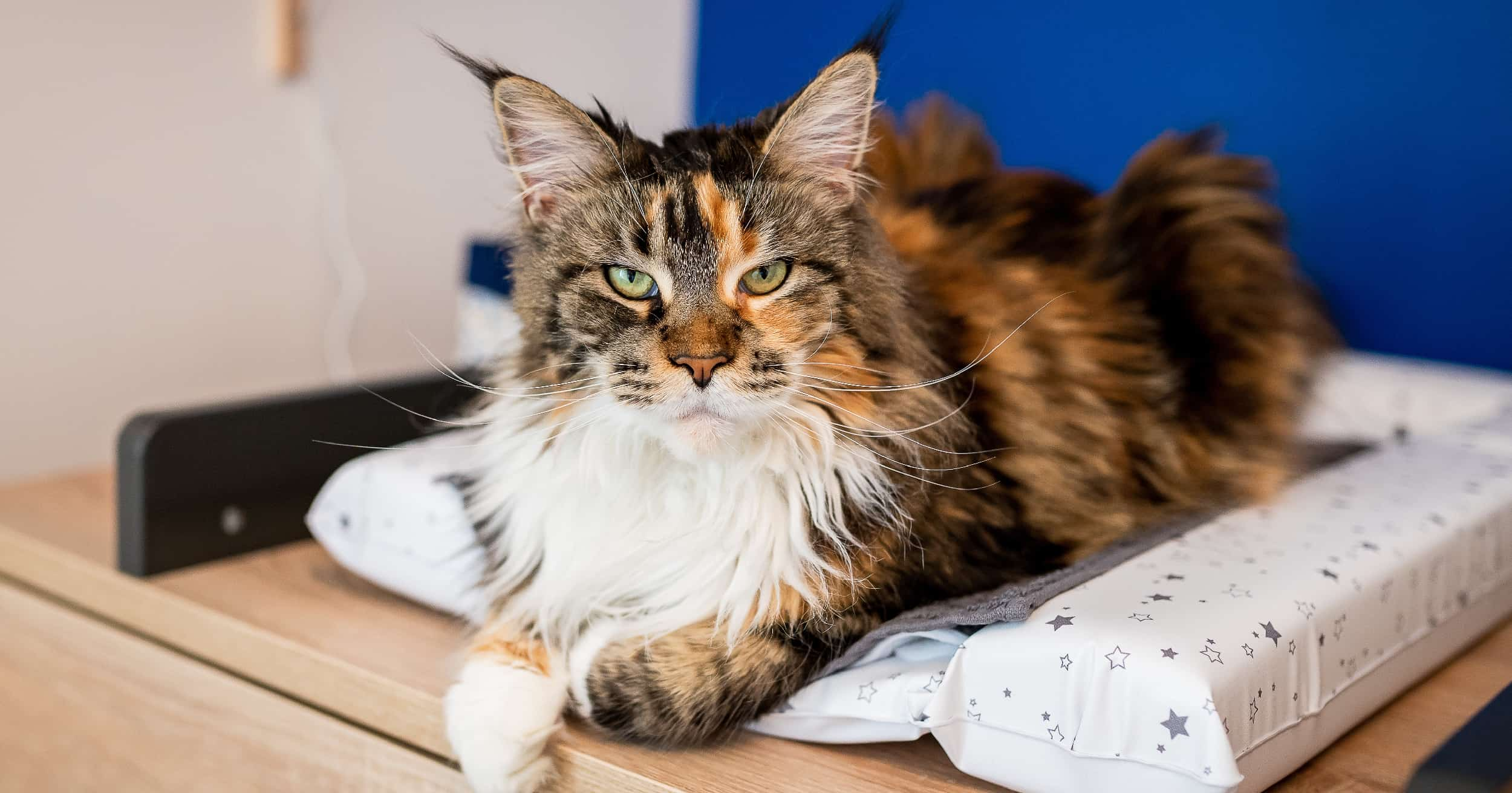
They look similar to Norwegian forest cats, but the wedge-shaped face of Maine coon cats helps to tell these two breeds apart. Named after the area where they originated (Maine, USA), and not an unnatural (and impossible) cross between a cat and a racoon, Maine coons naturally developed in a region that experiences average winter temperatures of 15–25 °F. Those are some chilly temperatures! Their large body (sometimes up to 25 pounds) is covered in thick, semi-water-resistant fur, and they have large wide paws to help them walk on the many, many inches of snow that fall in Maine each year. Maine coon cats are very affectionate and make great family pets.
Russian Blue
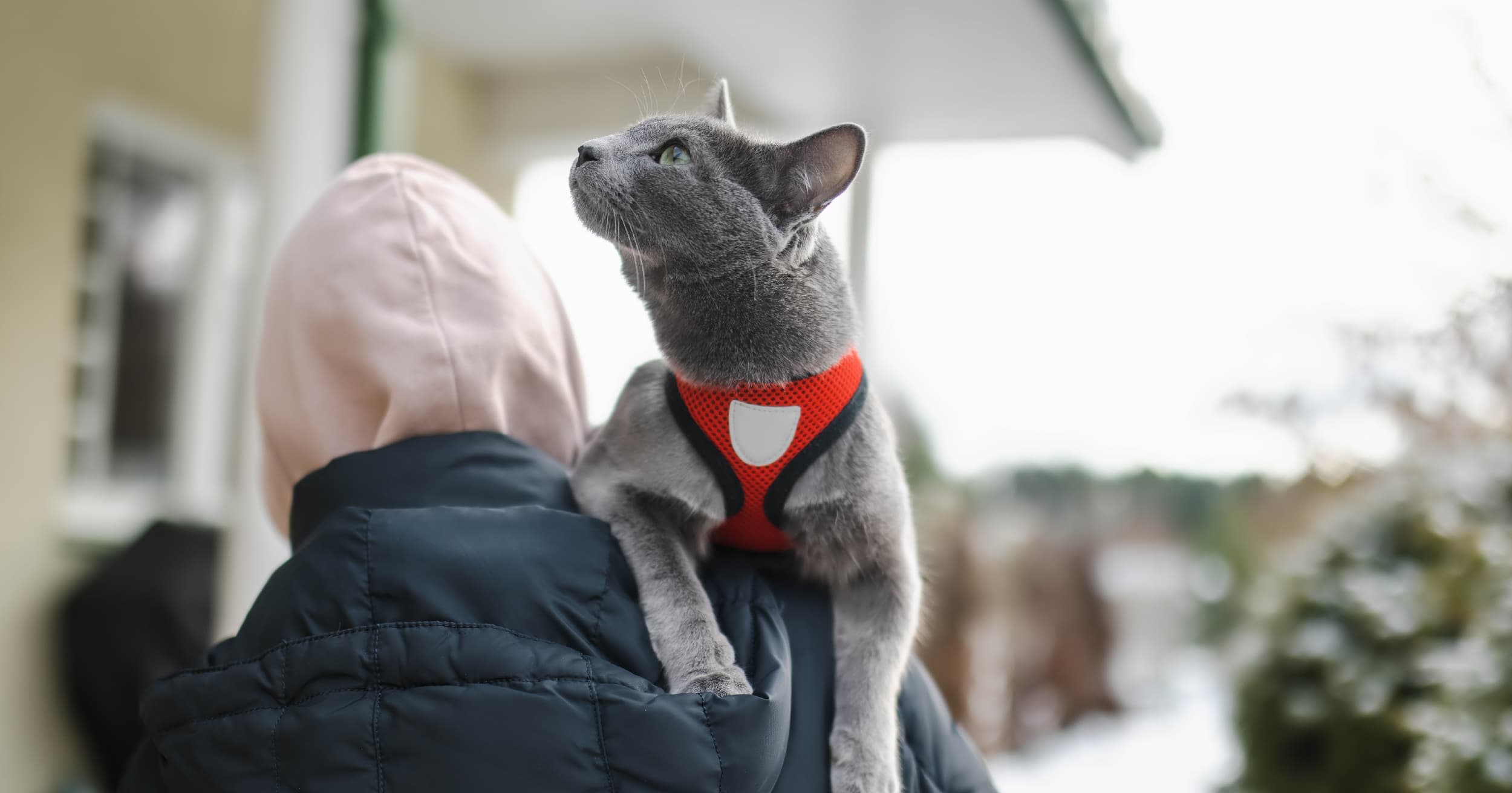
The history of Russian blues is not well documented, but it is believed that they come from northern Russia. Are you sensing a naming theme here? You’re not likely to find very many of them in the U.S., but Russian blues (and Siberians) are great for people who are allergic to cats as they typically release fewer allergens into the environment than other breeds.
Double Coats Keep Cats Warm in Winter Weather
The Norwegian forest cat, Maine coon cat and Russian blue all have two coats of fur that help to insulate them so they can stay warm during the colder months. Siberians go one step further and have a three-layer coat — probably because Siberia is one of the coldest places on Earth. The original Siberians definitely needed some protection from that cold, harsh climate.
Cats with a double coat have two layers of fur; a short, dense undercoat close to the skin and an outer coat made of longer, finer fur that shows their coat color. Russian blues have two short layers of dense fur. The multiple layers mean that they typically require more coat maintenance than cats with a single layer of fur, and will shed more often (again, Russian blues are an exception). Siberian cats, Maine coon cats and Norwegian forest cats also have ear tufts (fur that grows from the tip of their ears) to insulate their ears from the cold.
Do Cats Like Cold Weather?
Even though these chill cats originated in cold climates and can typically handle cold weather better than other breeds, they can still develop severe hypothermia and frostbite if they’re out in freezing weather for too long. In general, no cat should be out in temperatures below 45 °F for extended periods. Check out this winter survival guide for tips on keeping your cat (indoor or outdoor) safe and healthy during winter.
The Best Way to Keep Outdoor Cats Warm
For cats who do spend time outside when it’s cold, this article has some tips on caring for outdoor cats during inclement weather, including how to build an outdoor cat shelter. As well as a warm shelter, providing extra cat food and fresh water is also important during colder temperatures as it helps them stay warm. Warning signs that a cat is feeling the effects of cold temperatures include shivering, weakness and cold ears and paws. An important tip for everyone in winter is to check your vehicle before you start it, as many cats (stray cats, feral cats or your own feline friend) seek warmth under the hood.
Do Cats Like Snow?
If we could ask a cat clowder how many of them like playing in snow, most cats are probably going to say uh-uh. Snow is basically pretty, frozen water that melts when you touch it — not a great attribute for most felines who are repelled by water. Plus, the ancestors of all house cats can be traced back to the desert — a very dry, snow-free place (typically). But for the breeds we’ve mentioned here and probably some other cats, cold, wet snow is snOK.
These cat breeds may have originally developed in harsh, cold climates, but that doesn’t mean their descendants want to live outdoors now. We think they’ll love being an indoor cat in a nice warm house and cuddling with their cat parents much more!

